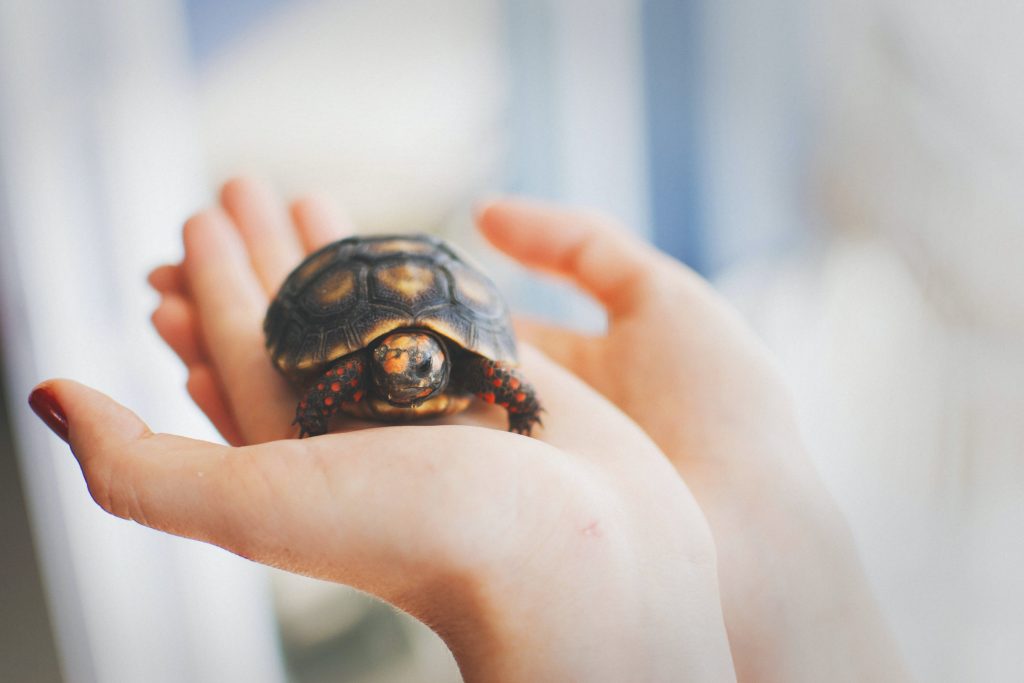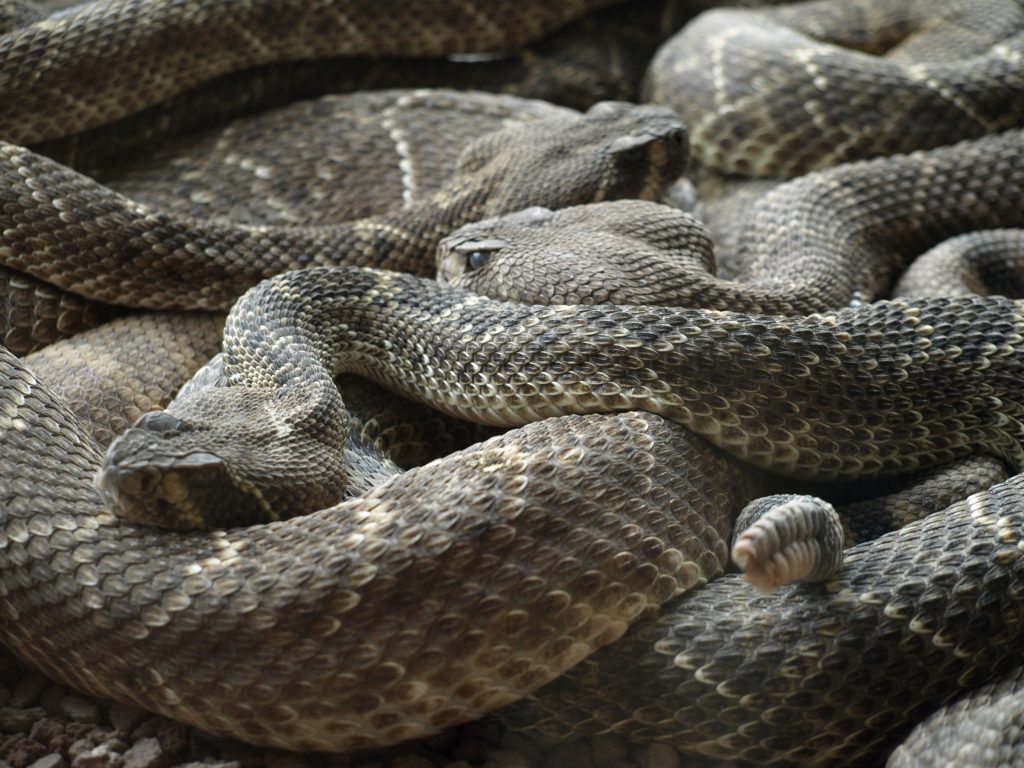Humans are warming up to reptiles as home pets, as studies have shown that they are relatively good to have as a companion when compared to other domestic animals.
Though only snakes, lizards, and crocodiles are the common reptile pets adopted by people, not minding that they possess sharp teeth, forked or poisonous tongue, and scaly skin. But that’s probably because they are easy to look after, rarely smell, and always quiet.
As a reptile enthusiast, when you research how to care for them, you’ll discover many unique reptile caring techniques and requirements that will help you keep the species healthy and comfortable in your home.
This article is a DIY guide on how to care for your reptile pets, and these are the tips you will need to cater to your lizard, iguana, snake, or turtle.

Buying Reptiles
Getting your preferred reptile requires learning everything about them before you decide whether you can care for them in your home or you need to go for another one that will easily adapt to your environment.
Be reminded that some states have laws either banning or restricting the sale of turtles because of the conditions of their capture, if you want to get them, be mindful of how you care for them. Also, many reptile enthusiasts are getting red-eyed crocodile skink as pets these days, but you will need a professional guide on how to care for them. Hence, know your reptiles very well before you decide to visit a pet store or farm to get one.
Feeding Reptiles
Those who think that taking care of certain reptiles is hard should think again. A study has shown that reptiles are easy to feed, as their meals are affordable and easily accessible. Lizards are required to be fed fruit or vegetables, crickets, snails, or cockroaches while pet snakes eat dead rats, mice, quail, and rabbits. Geckos feed on insects and baby mice while turtles require varied diets and nutrients.
These reptiles require certain nutrients recommended by a veterinary doctor to boost their immune system. Not to forget, fresh water should always be available for your reptile in their vivarium and must be changed at least two to three times a week.

Housing Your Reptiles
Domestic reptiles are housed in vivariums, which are usually available in various sizes. For snakes, be sure their vivarium provides enough room to stretch out fully, checked on frequently, and attended to by a veterinarian who specializes in reptiles.
The vivarium of a full-grown iguana should be at least 18 feet long, humidified, and maintained at a particular temperature with specific timetables for darkness and ultraviolet light. Geckos require a very particular environment without the slightest variance in temperature. Turtles require a space with thermostatically controlled temperatures that are large enough water to swim in.
Ensure that the vivarium has ornaments like plants, rocks, trees, and branches that will allow your reptile to feel at home and camouflage itself. The water in the space should be kept warm and changed several days a week.
Handling Your Reptile
This is one of the tricky aspects of owning a reptile pet, you need to learn every of their habit and behavior, so you know how to handle them, for instance, it takes the better part of caring for an iguana before it warms up to you while some lizards are more aggressive than others and bite frequently which is why it is advisable to wear a glove when handling one.
Note that, depending on the breed and size, they have distinct ways of handling them that will not put you in danger.
For snakes, it can be dangerous, aggressive, and venomous, depending on the breed. If you are unsure of how to handle your snakes, as they are growing or any other reptile peer, ask for guidance from your vet doctor.
Keeping Reptiles Healthy
It is difficult to detect a health issue in a reptile pet until you are attuned to its behavior and common symptoms of being ill. Metabolic Bone Disease is very common in reptiles, caused by inadequate calcium in the diet or insufficient exposure to ultraviolet light.
Cloacitis, Mouth Rot, and Amebiasis are common reptile diseases, unfortunately, they can be transferred to their keepers. Ensure that they have regular checkups with a reptile vet doctor, get healthy nutrient feeding, and have a clean vivarium.
Shedding Skin
This is part of their grooming tips, reptiles have to shed skin regularly when they are growing and it is your duty as their keeper to remove it from their environment. For lizard species, check their feet for old skin that needs to be peeled off.
Reptiles are interesting species to have as pets in a house, but you have to be sure about caring for and grooming them. You can follow these tips religiously to make them comfortable and less threatening. Doing so will help you become better reptile owners and caregivers.
